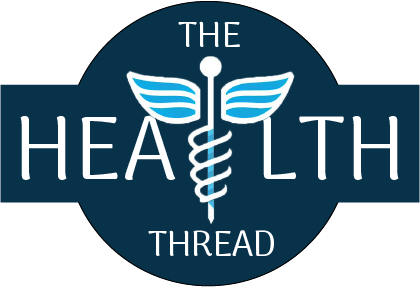Health apps and digital therapeutics
In recent years, there has been a surge in health technology, particularly in the form of mobile health apps and digital therapeutics. These tools are aimed at improving healthcare outcomes by enabling patients to monitor and manage their health more effectively. In this article, we will explore the growing field of health apps and digital therapeutics, and how they are transforming the healthcare industry.
Health Apps:
Health apps are mobile applications that are designed to promote health and wellness. These apps can range from simple tools that track fitness goals to more complex apps that monitor and manage chronic conditions such as diabetes or hypertension. Health apps provide users with real-time feedback, personalized recommendations, and data analysis, which can help them make better-informed decisions about their health.
A study by the University of California, San Francisco found that the use of health apps can lead to improved health outcomes in patients with chronic conditions. The study showed that patients who used health apps to monitor their conditions had better medication adherence, better disease management, and improved quality of life (1).
Digital Therapeutics:
Digital therapeutics are a form of health technology that use software to deliver therapeutic interventions. These interventions are designed to prevent, manage, or treat a medical condition. Digital therapeutics are evidence-based, clinically validated, and regulated by the FDA. They can be used alone or in conjunction with traditional medical treatments.
A study by the Journal of Medical Internet Research found that digital therapeutics can be effective in treating a wide range of conditions, including depression, anxiety, and substance abuse. The study found that digital therapeutics were as effective as traditional interventions and were more convenient and accessible for patients (2).
Benefits of Health Apps and Digital Therapeutics:
Health apps and digital therapeutics offer several benefits for patients and healthcare providers. These benefits include:
Improved Patient Outcomes: Health apps and digital therapeutics can lead to improved patient outcomes by providing real-time feedback, personalized recommendations, and data analysis.
Increased Patient Engagement: Health apps and digital therapeutics can increase patient engagement by providing patients with a sense of ownership over their health.
Reduced Healthcare Costs: Health apps and digital therapeutics can reduce healthcare costs by promoting preventive care, reducing the need for hospitalization, and improving medication adherence.
Remote Monitoring: Health apps and digital therapeutics can facilitate remote monitoring of patients, allowing healthcare providers to monitor patients’ health in real-time and make timely interventions.
Conclusion:
Health apps and digital therapeutics are transforming the healthcare industry by providing patients with more control over their health and enabling healthcare providers to deliver more personalized care. Research studies have shown that health apps and digital therapeutics can lead to improved patient outcomes, increased patient engagement, and reduced healthcare costs. As health technology continues to advance, we can expect to see even more innovations in this field.
REFERENCES
- Mendiola, M. F., Kalnicki, M., & Lindenauer, P. K. (2018). Valuable Features in Mobile Health Apps for Patients and Consumers: Content Analysis of Apps and User Ratings. JMIR mHealth and uHealth, 6(6), e10723. https://doi.org/10.2196/10723
- Ventola, C. L. (2018). Mobile devices and apps for health care professionals: uses and benefits. P&T: a peer-reviewed journal for formulary management, 43(5), 286–296.
